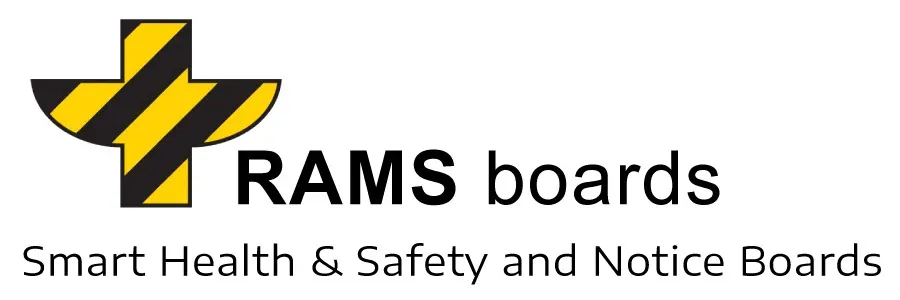Elevating Safety and Communication in National Park Facilities with RAMS boards
National parks, with their vast expanses of natural beauty, attract numerous visitors yearly and are crucial for environmental conservation. Within these parks, ranger stations and maintenance areas are key operational hubs, ensuring the parks` smooth functioning and visitor safety. RAMS (Risk Assessment and Method Statement) Boards play an essential role in these settings, enhancing safety, communication, and operational efficiency.
The Unique Challenges of National Park Facilities
Operating within the realms of national parks, ranger stations, and maintenance areas face distinct challenges:
| Challenge | Description |
|---|---|
| Vast and Varied Terrain | National parks cover large areas with diverse terrains, making communication and monitoring challenging. |
| Environmental Protection | Ensuring operations comply with environmental protection standards is crucial. |
| Visitor Safety | Managing visitor safety in remote and potentially hazardous areas is a primary concern. |
| Emergency Response | Providing timely emergency responses in extensive and often inaccessible areas. |
| Seasonal Variations | Dealing with seasonal changes that can dramatically alter operational requirements and safety precautions. |
| Wildlife Management | Balancing the safety of visitors and staff with the need to protect wildlife and their habitats. |
The Role of RAMS boards in National Park Facilities
RAMS boards serve as vital tools in addressing these challenges effectively:
- Safety Protocol Visibility: They ensure that safety procedures and emergency contacts are always visible, crucial in managing visitor safety in remote areas.
- Centralized Information Hub: Providing a central point for information, they keep all personnel and visitors informed, regardless of how frequently they traverse the park.
- Adaptability to Park Conditions: The boards can be easily updated to reflect changes in park conditions, operations, or safety regulations, making them versatile and responsive.
- Durability in Natural Settings: Designed to withstand outdoor conditions, they remain functional and visible, ensuring continuous communication.
- Facilitation of Compliance and Training: They aid in maintaining compliance with environmental and safety standards and serve as a tool for ongoing training.
- Wildlife and Environmental Awareness: Promotes awareness and provides crucial information regarding wildlife and environmental protection protocols.
Case Studies: RAMS boards at National Park Facilities
- Remote Ranger Station: A RAMS Board in a secluded ranger station will provide crucial information on wildlife encounters, hiking safety tips, and emergency evacuation routes.
- Park Maintenance Area: Here, a RAMS Board will be able to display information on sustainable maintenance practices, safety protocols for equipment use, and environmental protection guidelines.
The Benefits of RAMS boards in National Park Facilities
| Benefit | Description | Expanded Details |
|---|---|---|
| Enhanced Safety | Continuous visibility of safety procedures and emergency contacts, essential in managing visitor safety. | Reduces the likelihood of accidents and ensures a quick response in emergencies. |
| Operational Efficiency | Centralization of crucial information streamlines operations within the park. | Saves time and resources, enhancing the efficiency of park management. |
| Adaptability | Quick updates reflect operational changes or new regulations, crucial in the dynamic park environment. | Keeps staff and visitors aligned with the latest protocols and safety information. |
| Durability | Built to withstand natural outdoor conditions, ensuring longevity and reliability. | Assures functionality and visibility of boards throughout different seasons and weather conditions. |
| Compliance and Training | Facilitates ongoing training and compliance with environmental and safety standards. | Enhances the park`s safety culture and ensures adherence to conservation regulations. |
| Environmental and Wildlife Awareness | Promotes awareness of environmental protection and wildlife management protocols. | Encourages responsible behavior among staff and visitors, crucial for preserving the park`s ecosystem. |
Summary
In conclusion, RAMS boards are invaluable in national park facilities, including ranger stations and maintenance areas. Their ability to provide up-to-date, visible, and relevant information enhances safety, communication, and operational efficiency in these crucial areas. As stewards of natural beauty and conservation, national parks rely on tools like RAMS boards to maintain high standards of safety and environmental protection. These boards support the backbone of park operations, ensuring both the well-being of visitors and the preservation of the natural environment.
